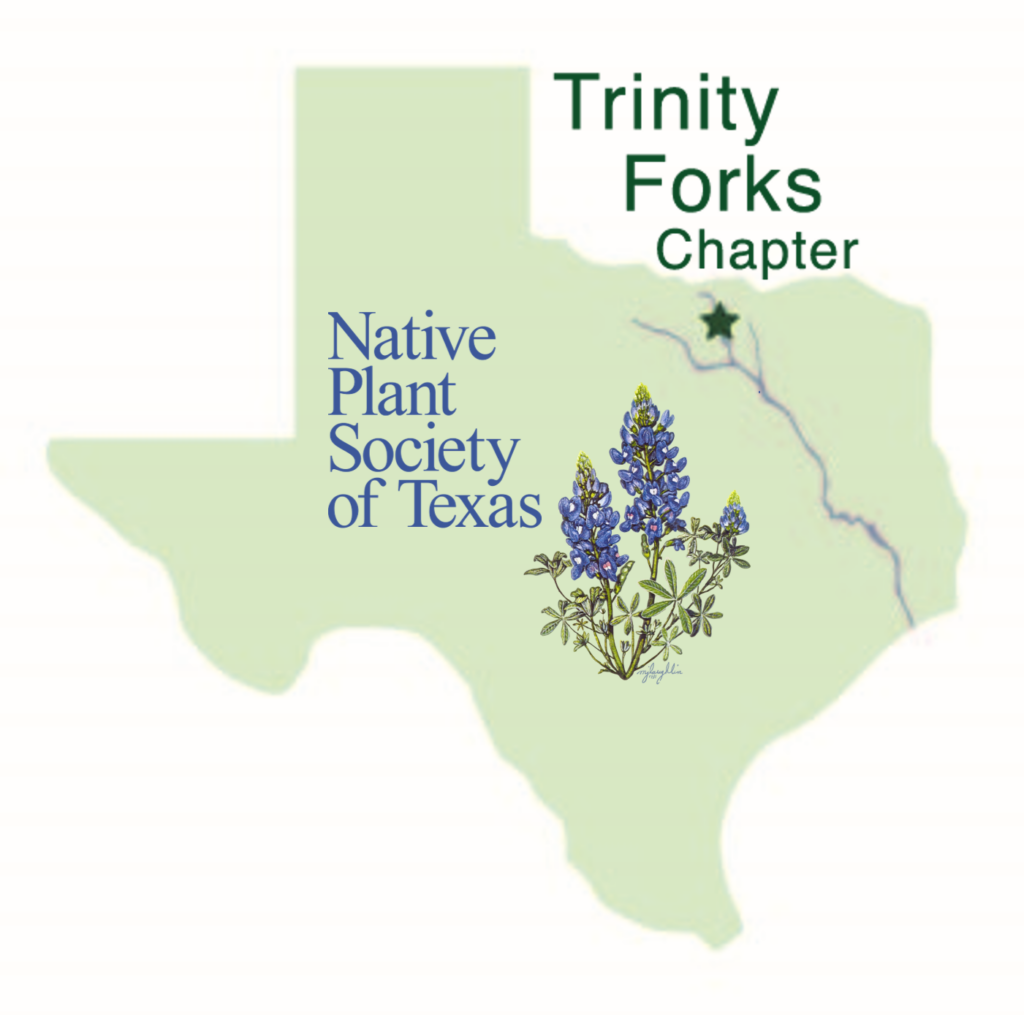May 23, 2023 @ 7:00 pm – 8:30 pm
The Urban Ecology Center, 8400 NW Military Hwy, San Antonio, TX 78231, USA (map)
Presentation by Patsy Kuentz
Wings in the Wildscape Demonstration Garden: A Story in Photos
Patsy Kuentz, is member of our NPSOT chapter, a Certified Alamo Area Master Naturalist, and also a longtime birder who helps conduct monthly bird surveys at Phil Hardberger Park. Although she’s been fascinated by butterflies since childhood, the COVID-19-era quarantine free time sparked her further interest in learning more about butterflies and improving her photography skills so she could document their interaction with plants.
In her slideshow presentation, Patsy Kuentz offers a brief history of the Wildscape Demonstration Garden at Phil Hardberger Park followed by a photographic perspective on how the native plants there provide local, native fauna with food, shelter, and a safe place to raise their families.
If you are attending via zoom, please register here before the meeting begins as late registration and entry will not be allowed. After registering, you will receive a confirmation email containing information about joining the meeting.
Note: We are limited to 100 participants at the online meeting so some people may not be able to log in with Zoom. You may log in early to make sure the computer is working. If you are unable to attend via Zoom, we will post a recording of the meeting on our YouTube channel for viewing later.
Related Events
-
Creating a Native Seed Library in your Community – Williamson County Chapter Meeting, January 9
January 9, 2025 @ 7:00 pm – 8:30 pm






